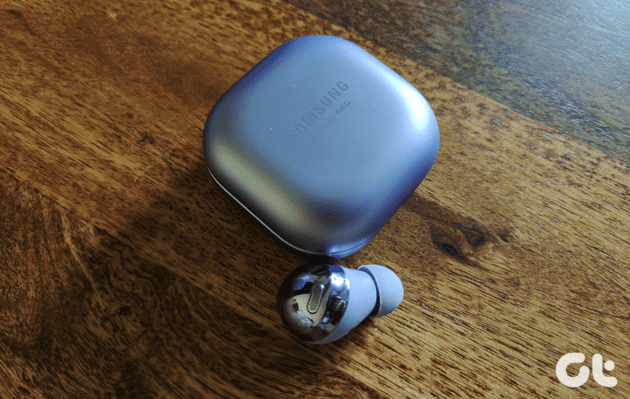What Could Go Wrong?
In an ideal world, backups should be “set it and forget it.” They just work. When something goes wrong, you go to the backup and restore stuff. If everything worked just the way it should, then you probably wouldn’t even need the backup. That’s one of the reasons you need to test it. A very common problem users have with backups is they’re backing up the wrong stuff. It isn’t until they go to restore the data, they find out it isn’t there! Other times the backup drive was disconnected from the Mac. For online backups, the account might have expired or they’re locked out of the account. All these scenarios are avoidable by proper testing.
How to Test a Time Machine Backup
The first place to check your Time Machine backup is the Time Machine Control Panel. Look for the Oldest backup and Latest backup. If your Time Machine is always connected to your Mac, your backup shouldn’t be more than a few hours old. By default, your Mac backs up every hour. In this picture, the first backup never completed. In other cases, the external hard drive wasn’t connected or failed. For network drives, like Time Capsules, your Mac may not have connected to the network for a while. Fortunately, by checking, you can catch this problem in time. To fix this problem, reconnect the drive or select a different one. Then go the Time Machine icon in the menu bar and pick Back Up Now. Wait a few hours and check to see if the backup completes. If your backup is recent, it’s time to test it. Testing the integrity of every file of your backup isn’t workable. The full restore would take days and need a huge hard drive. Instead, you’ll need to pick a few random files to test. I suggest the following files, but feel free to pick your own:
Your most critical files. That’s the files you absolutely can’t live without. It might be your financial database, current projects, or schoolwork.A few emails, contacts, and photos.A few completely random data files.
Try to restore each of these files on random dates in the past year. Create a folder on your desktop called Tested Files and put those restored files in that folder. If you’re using Apple’s bundled programs, the emails, contacts and photos will restore directly into those programs. You’ll need to enter Time Machine when you’re in those programs to do a test restore.
How to Test Other Backup Systems
If you’re not using Time Machine, you’re probably using a cloud-based service like Backblaze, Carbonite, Mozy, or Crashplan. The restore procedure is different for each program. In this example, I’m using Backblaze. To decide what files to restore, use the same criteria as suggested with Time Machine. Pick a few random files on a few random dates along with your most critical files. For emails, contacts, and photos, only Apple’s Time Machine makes it easy to restore those. If you use a third-party program, you’ll need to restore the entire database in most cases. That’s one reason to use Time Machine along with an online backup service.
What About iCloud?
iCloud is great for backing up your iPhone and iPad. It also backs up your contacts, calendars and other stuff that iCloud syncs. It won’t back up your computer. You could put some stuff in your iCloud drive. That syncs just those files. If your Mac dies, the stuff will still be in iCloud. The stuff on your hard drive won’t be protected, though.
How Often Should You Test?
The short answer: how much can you afford to lose? That isn’t an answer but a question. Testing every day or week is probably overkill. You might test every month or some other regular interval. At the very least, test twice a year. If you’re a student, try testing every semester or quarter.
Backups Aren’t Important; Restoring Data is What is Important
If you don’t test your backups, you can’t be sure they’re working. You can’t say you’re backing up unless you can recover your stuff after a mishap. Testing gives you the confidence you can bounce back after a problem. ALSO SEE: How to Identify (and Fix) Mac Hard Disk Problems The above article may contain affiliate links which help support Guiding Tech. However, it does not affect our editorial integrity. The content remains unbiased and authentic.













